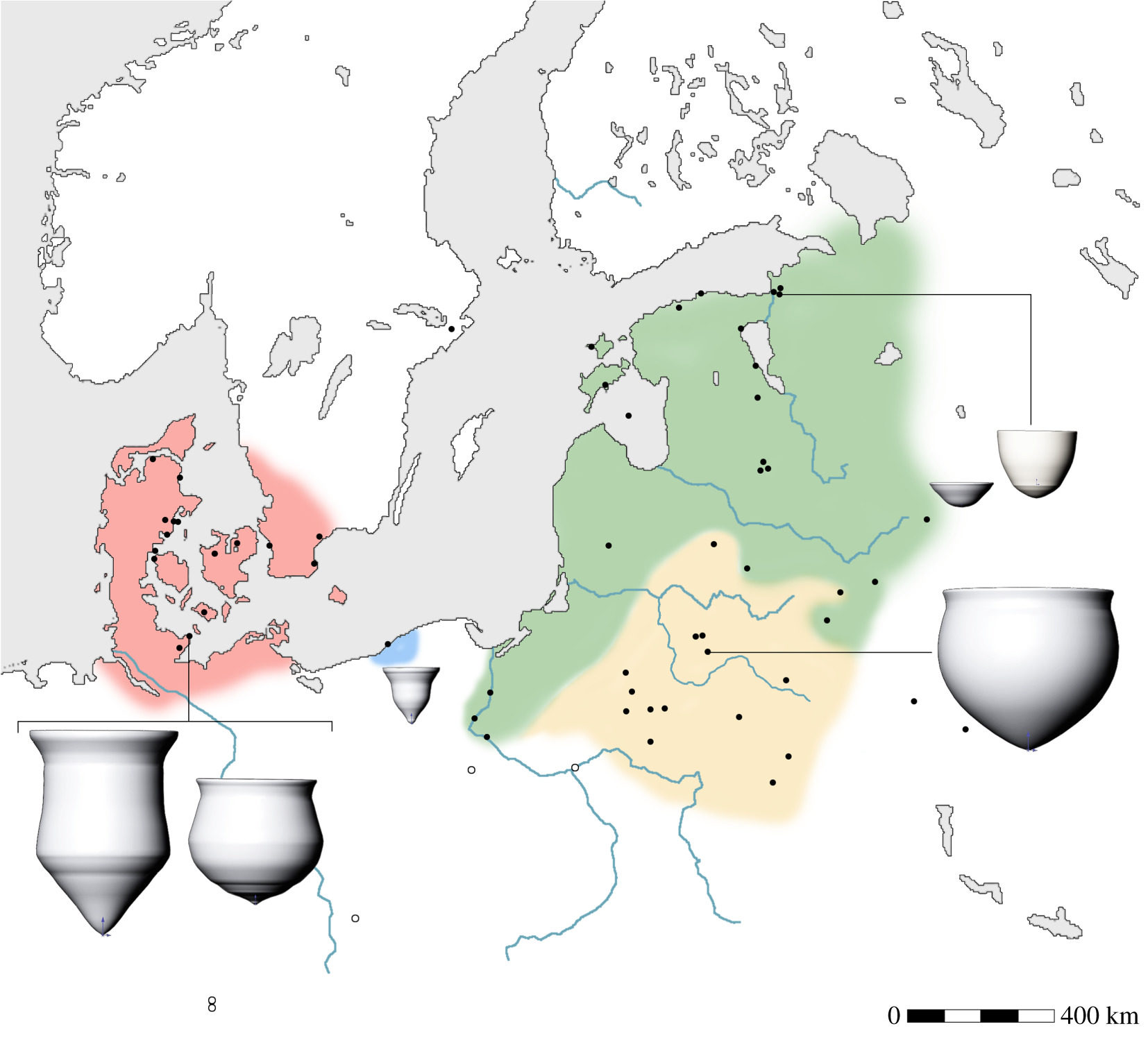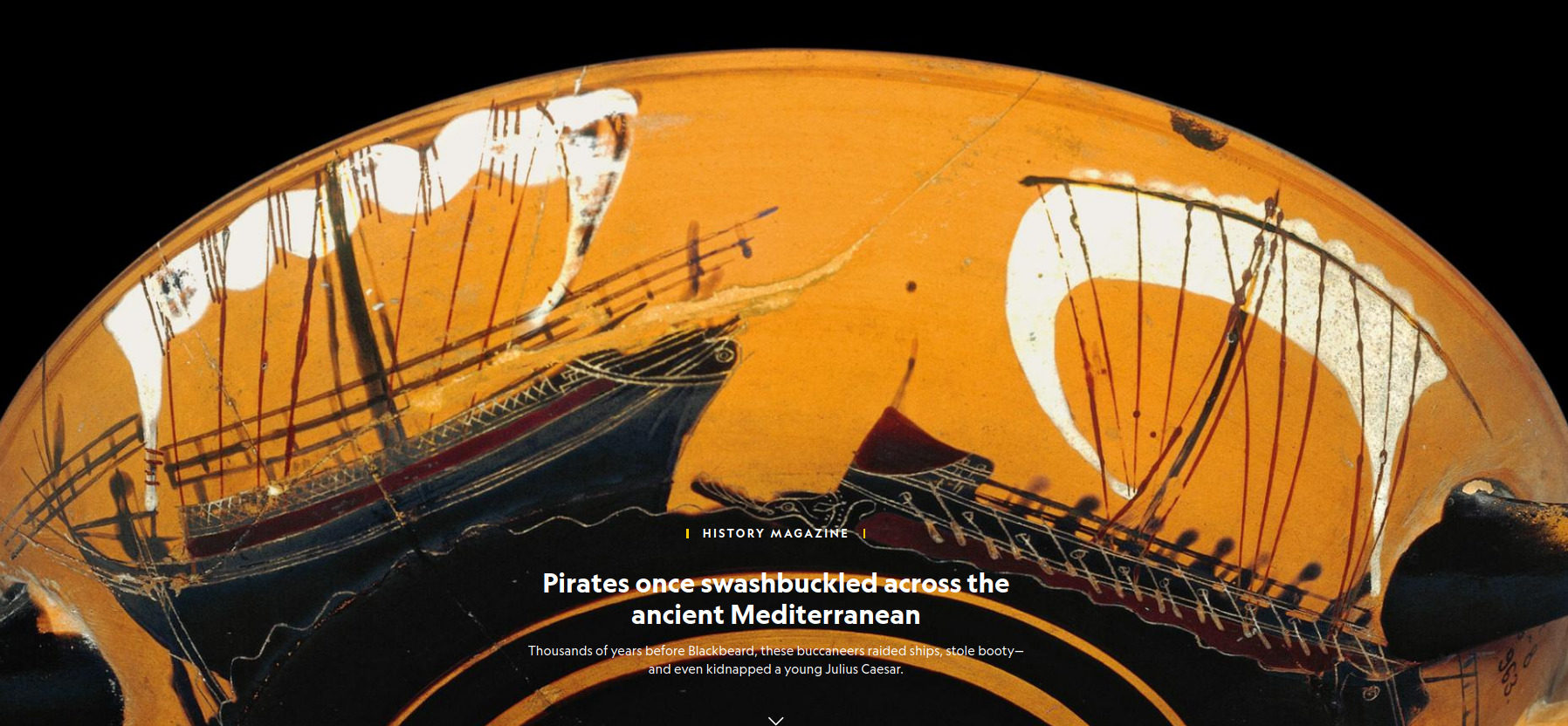
© Hassan Siklawi/UN PhotoUnited Nations peacekeepers sanitize the site where more than 100 Lebanese civilians were killed by Israeli artillery while seeking refuge at the headquarters of the Fijian battalion of the United Nations Interim Force in Lebanon (UNIFIL). Qana, South Lebanon on April 18, 1996.
As the Lebanese are commemorating the
1996 massacre of Qana in southern Lebanon, Israeli drones and jets continue to circle over Lebanese skies. Israel's brutal wars and illegal military occupation caused death and destruction. But Israel never left Lebanon. Today's threats and provocations follow the same narratives that were used to justify the Qana massacre.
The Qana MassacreOn April 18, 1996, Israeli forces fired artillery shells at a
UN compound in Qana, a village in southern Lebanon. Around 800 had taken shelter at the compound
which was clearly marked on Israeli maps. In the strikes 106 were killed, of whom half of them children, and 120 were injured including four UN workers.
Although Israel claimed it did not know that civilians had taken shelter in the UN compound,
video evidence refuted this narrative. The UN believed that Israel acted deliberately. However, Israeli Prime Minister Shimon Peres and the State Department instead accused Hezbollah of using civilians as human shields.



Comment: See also: